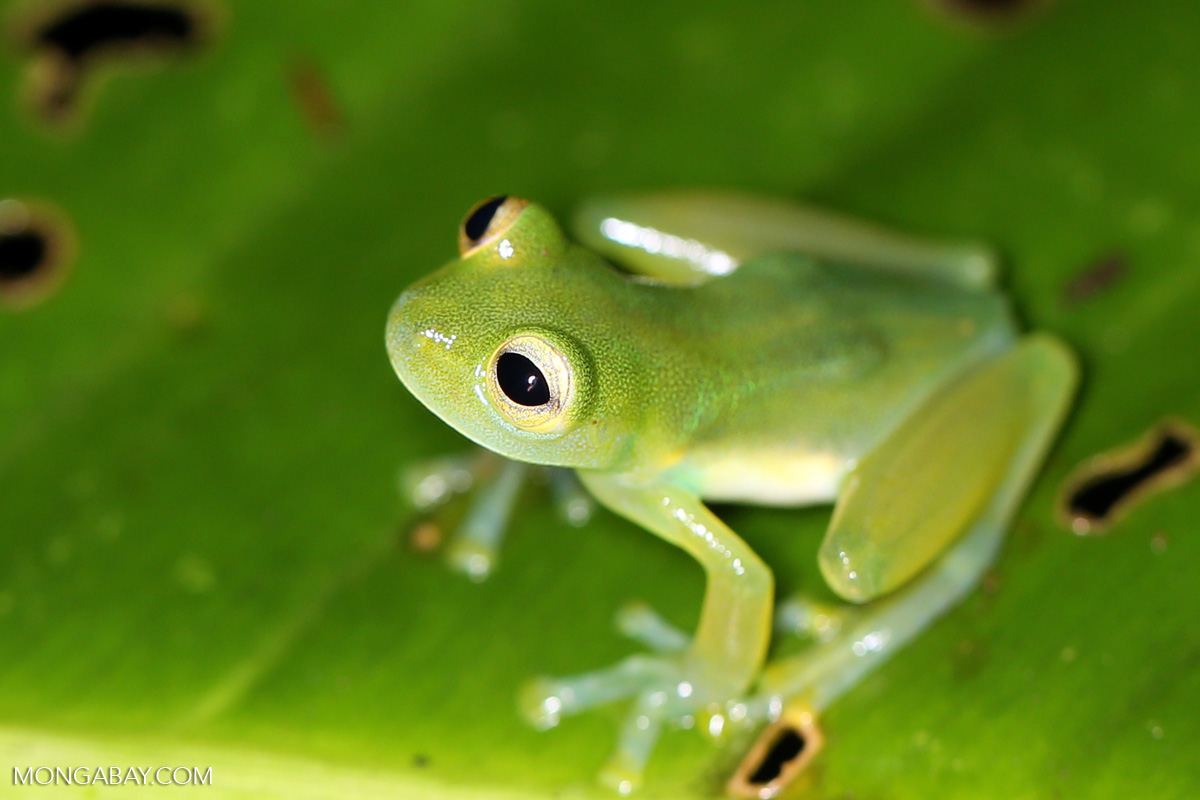- Rainforest Alliance has announced new, more robust criteria for certification. The rollout of the new program begins this September and companies will be audited against the new standards beginning in July 2021.
- The updated certification program provides new standards for farmers and companies in the areas of human rights, supply chains, livelihoods, deforestation and biodiversity and provides new data systems and tools for management.
- Currently, 44,000 products with the Rainforest Alliance Certified seal or UTZ label are available.
You may have noticed a little green frog on the chocolate, coffee or tea packages in your pantry. This tiny logo means a product has the Rainforest Alliance seal of approval for meeting the set of social and environmental standards required for certification. Now, those standards are getting an upgrade.
Rainforest Alliance has announced new, more robust criteria for certification. Companies that want to sport the frog logo must strengthen their commitments to society, economy and environment.
The updated certification program provides new standards for farmers and companies in the areas of human rights, supply chains, livelihoods, deforestation and biodiversity, and provides new data systems and tools for management. The rollout of the new program begins this September and companies will be audited against the new standards beginning in July 2021.
Developing the new criteria was a two-year process that drew upon public input from more than 1,000 people in nearly 50 countries. The process was led by Rainforest Alliance, an international nonprofit based in New York. Rainforest Alliance merged with the agricultural sustainability certification nonprofit UTZ in 2018.

“This ambitious and innovative certification program is part of the Rainforest Alliance’s strategy of collaboration with farmers, companies, implementing partners, and third-party auditors, as well as other NGOs, governments, and consumers,” Alex Morgan, chief markets officer at the Rainforest Alliance, said in a statement. “Only together can we restore the balance between people and nature and create a world where we thrive together.”
Currently, 44,000 products have the Rainforest Alliance Certified seal or UTZ label. Five million hectares (12 million acres) of farmland — an area half the size of the U.K. — are certified against Rainforest Alliance sustainability standards. Two million coffee, tea, cocoa and banana farmers are certified to follow certification standards, according to the Rainforest Alliance’s 2019 annual report.
“We support the new, improved and more rigorous standards and assurance system, and we will continue to certify 100% of the cocoa we buy globally,” Jeff Beckman, director of corporate communications at The Hershey Company told Mongabay.

To receive certification, a product must contain goods from independently audited farms that have met a list of standards. Apart from the standards, the new 2020 certification program includes more in-depth social and environmental risk assessments. Data from these assessments will be used to help producers, companies and auditors to focus on the most urgent issues in their production.
Human rights violations such as forced labor, child labor, violence and harassment were prohibited under previous certification standards, but the new standard employs a more proactive approach to prevent these issues and incentivizes farmers to tackle rather than conceal problems.
The new requirements also aim to promote greater shared responsibility between farmers and companies, taking some of the up-front financial burdens off farmers. Sharing the costs and benefits of achieving sustainable agriculture across the supply chain is a key goal.
“This is hugely important in addressing the imbalance we see in current supply chains where many producers still live in poverty,” Ruth Rennie, director of standards and assurance at the Rainforest Alliance, told Mongabay in an email.

Rainforest Alliance is now using what it calls a “climate-smart agriculture” approach to address climate change. Strategies such as improving soil health and setting aside conservation areas are promoted. Biodiversity is also covered. Increasing native vegetation, diversifying crops and minimizing invasive species are some of the key actions recommended in this arena. New standards have been implemented for preventing deforestation as well as the destruction of wetlands and other habitats. For example, base maps can be checked to make sure new farms are not converting forests or wetlands for agriculture and existing farms are required to increase native tree cover.
“The COVID-19 pandemic has forced us all to focus on how interconnected we are—and how vulnerable many small producers are all over the world,” Rennie said. “Sustainable agriculture that protects nature and responsible business practices that support the livelihoods of farmers and forest communities have never been more important.”
Banner image of a glass frog in Costa Rica by Rhett A. Butler.
Liz Kimbrough is a staff writer for Mongabay. Find her on Twitter @lizkimbrough_
FEEDBACK: Use this form to send a message to the author of this post. If you want to post a public comment, you can do that at the bottom of the page.
